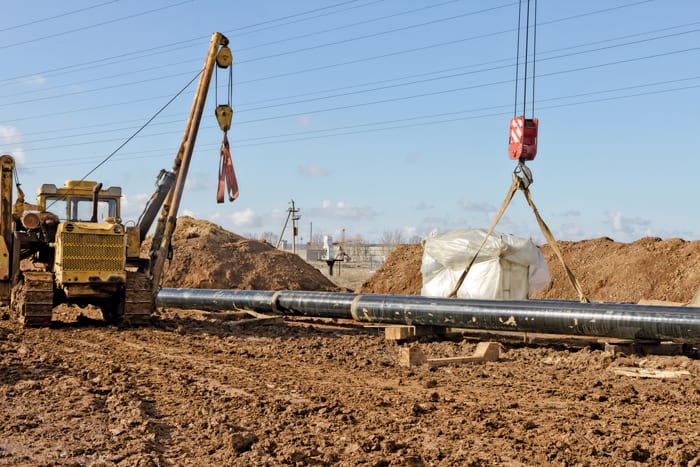Simply put, more natural gas means more jobs and prosperity for Americans. Nearly 75% of U.S. economic growth is contingent on consumer spending, so higher cost energy for an indispensable good such as electricity inevitably equates to Americans having less money. Higher cost energy is bad for our families because it reduces their discretionary income. Higher cost energy is bad for our businesses because it negates the competitive advantage that the U.S. shale revolution has provided them.
A lack of pipelines in the six New England states, New York, and California have installed much higher energy costs. These states, for instance, have the highest electricity prices in the country, at least 50% above the national average.
According to modeling from the U.S. Department of Energy in the Annual Energy Outlook 2019, oil and gas will still supply the bulk of U.S. energy through at least 2050. The Permian basin in West Texas, giving a third of all U.S. crude production, confronts a pipeline bottleneck from a surge of activity. Couple that with the fact that many miles of oil and gas pipelines were built before 1960 (some as old as the 1920s) and are still being used today. That means nearly 50 percent of the U.S. pipeline system is 40 years old or older. The aging infrastructure has very real consequences that could play out within the next few years, including:
- regional bottlenecks
- supply disruptions due to leaks and maintenance shutdowns
- increased potential for environmental damage
- safety concerns
To meet increasing demand, pipeline operators are adding pipelines, pumping and compressing horsepower, reversing flow direction, and converting pipelines from one product to another. These changes are putting the aging pipeline infrastructure to the test.
There are some remedies in development, and many companies are tackling the aging system head on. Robotics, high-tech materials and coatings are being implemented on older lines working to prevent leaks. However, all of these “fixes” are either recent or still in development, so their impact on the industry and their potential to cure for aging infrastructure has yet to be seen.
The current answer seems to lie in rebuilding the lines. The American Petroleum Institute (API) reports that capital investment in oil and natural gas infrastructure increased 60 percent, from $56.3 billion to $89.6 billion, from 2010 through 2013. The API projected that investments would average $80 billion a year between 2014 and 2020. It is fair to assume that the percentage of this investment dedicated to the installation of new pipeline will lead to the retirement of old, decaying pipelines.
An increase in demand and aging infrastructure requires constant vigilance, smart planning, and innovative solutions.


